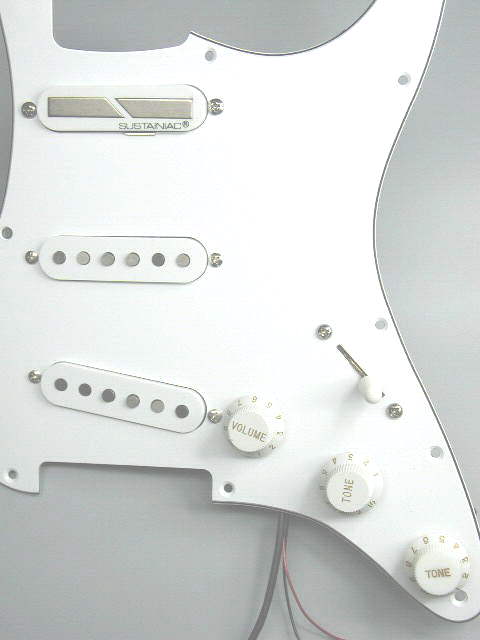Some guy wants me to build him a 9 string bass with a Moog Guitar ( http://gizmodo.com/5015099/moogs-fir...nd-have-a-bite ) type sustainer with separate circuit for each string that can be set or programmed to sustain or mute each string via a foot controller.
I'm wondering how much juice I'd need to apply to move or stop each string. I'm thinking low impedance coils with an iron core. I don't see the need for an actual magnet here on the sustain/mute circuit but obviously the sensor that tells the system what the string is doing wants to be a normal pickup. On most sustainer systems I take it the sensing and activating coils are adjacent inside the same humbucker soap bar. What keeps them from interfering with each other? Maybe cross talk isn't a problem?
Does anyone here know more about this stuff?
I'm wondering how much juice I'd need to apply to move or stop each string. I'm thinking low impedance coils with an iron core. I don't see the need for an actual magnet here on the sustain/mute circuit but obviously the sensor that tells the system what the string is doing wants to be a normal pickup. On most sustainer systems I take it the sensing and activating coils are adjacent inside the same humbucker soap bar. What keeps them from interfering with each other? Maybe cross talk isn't a problem?
Does anyone here know more about this stuff?

Comment